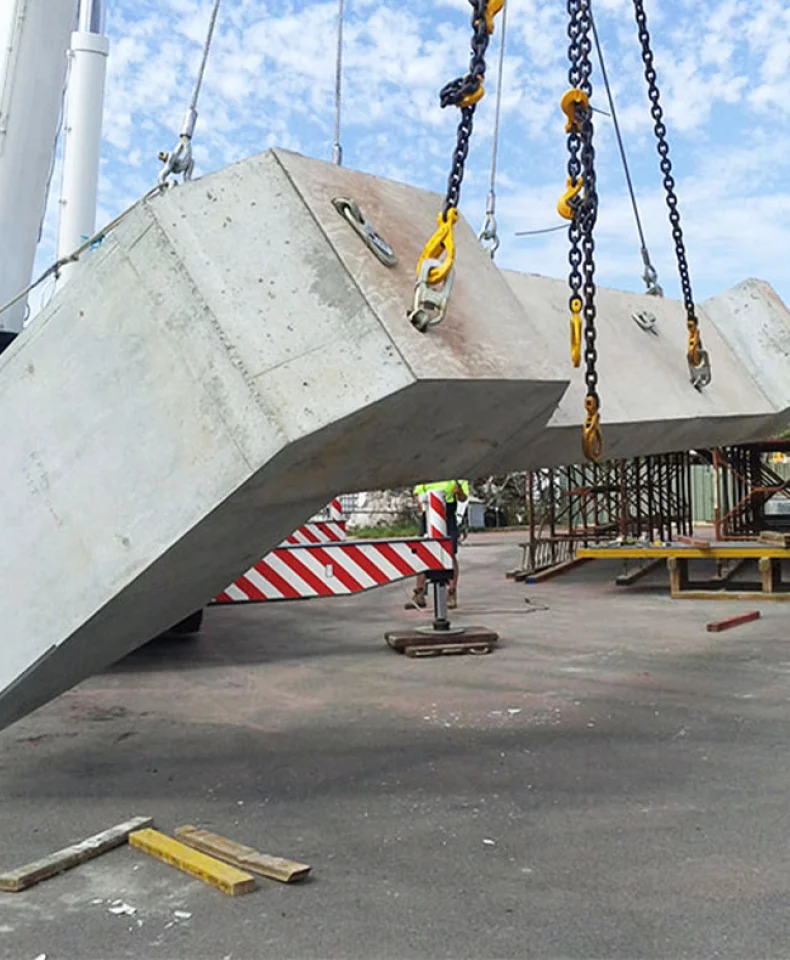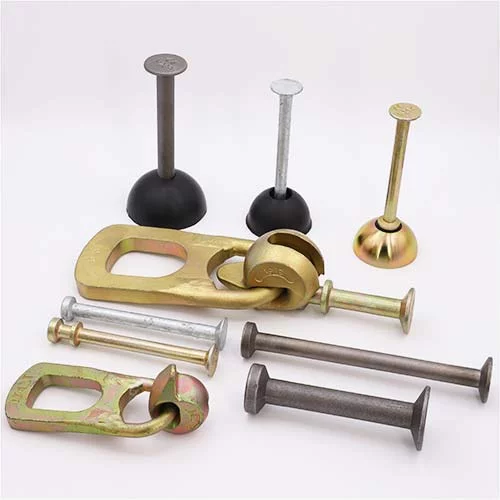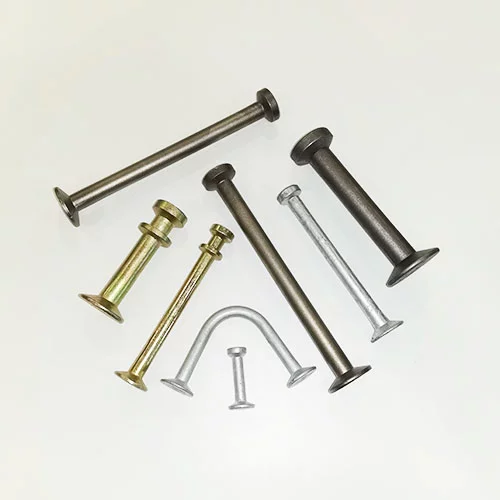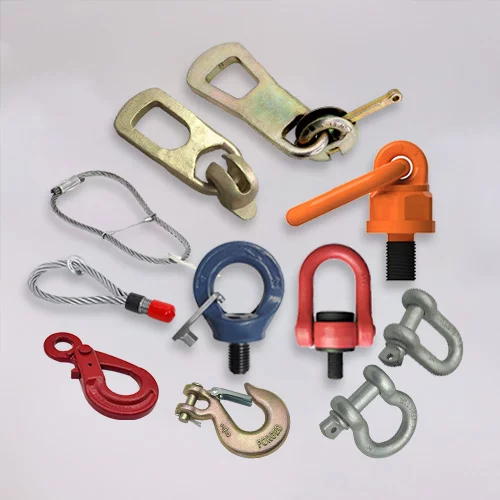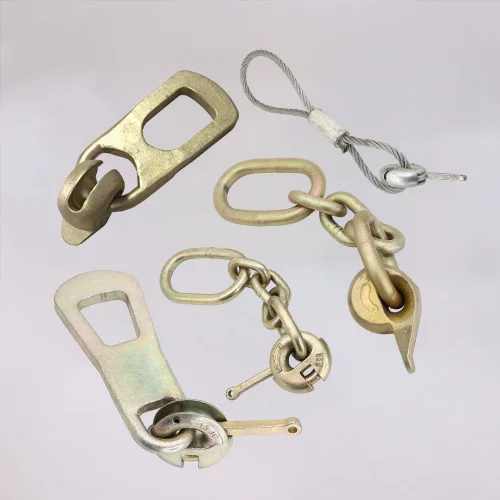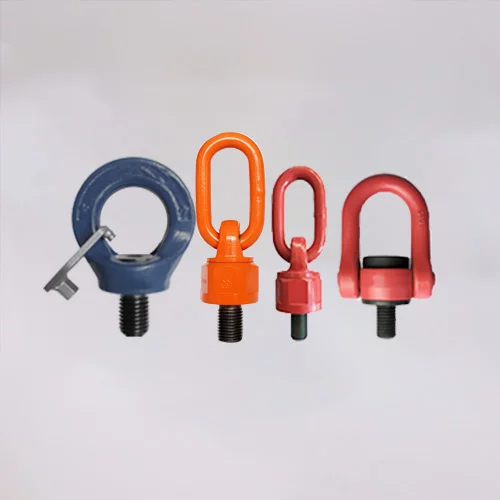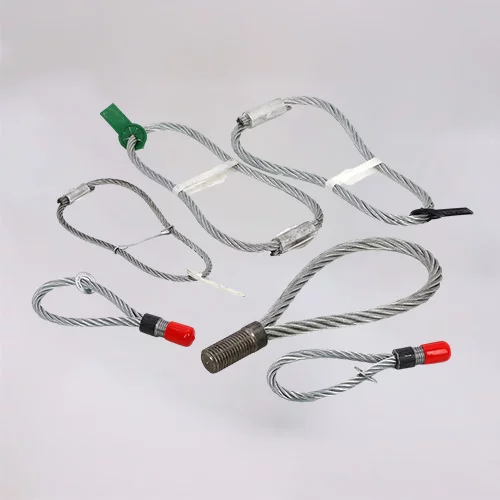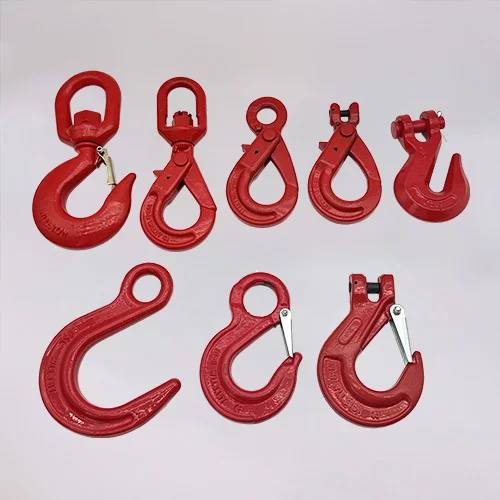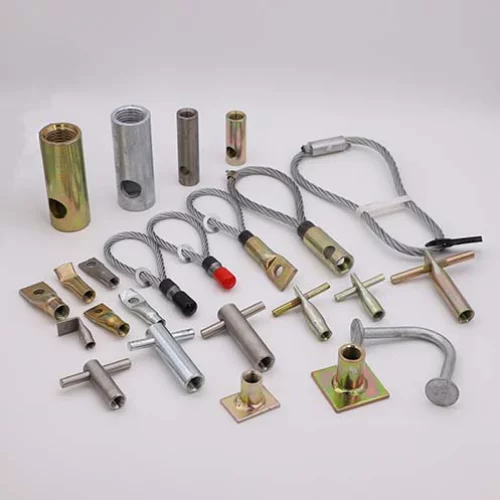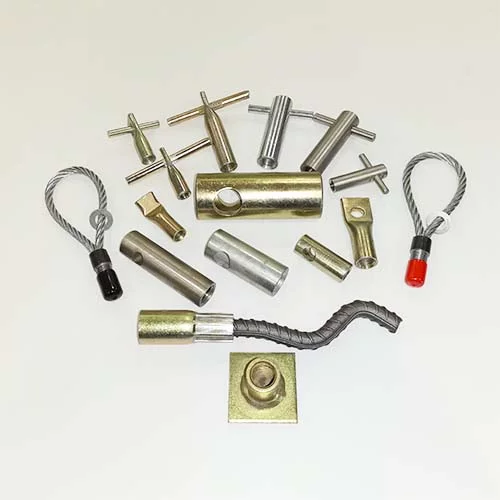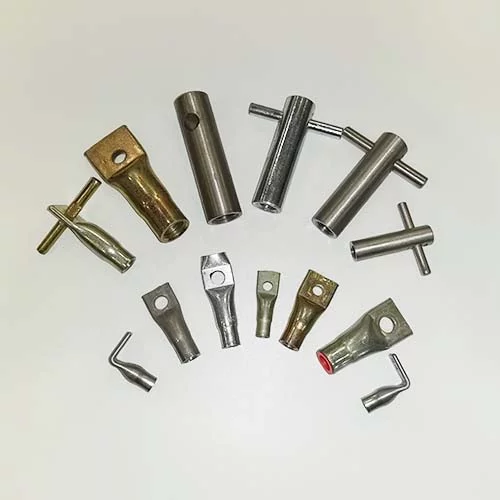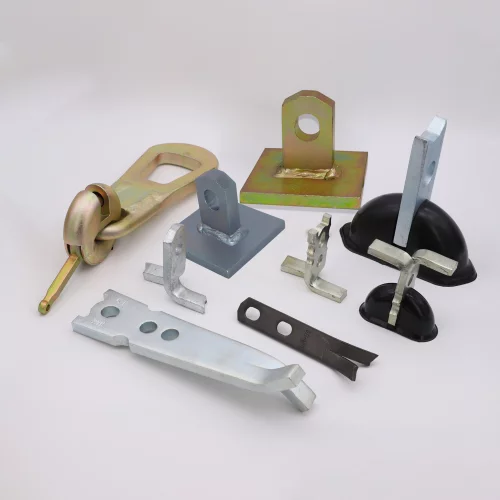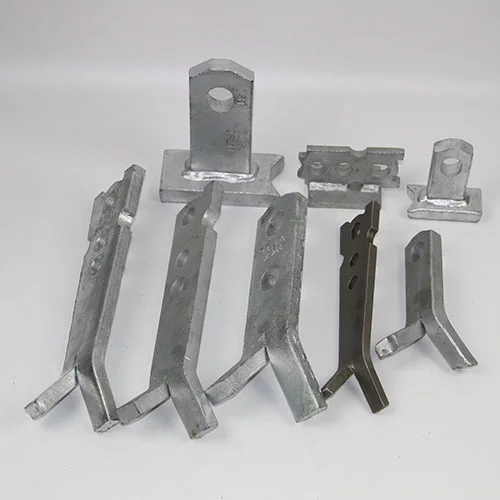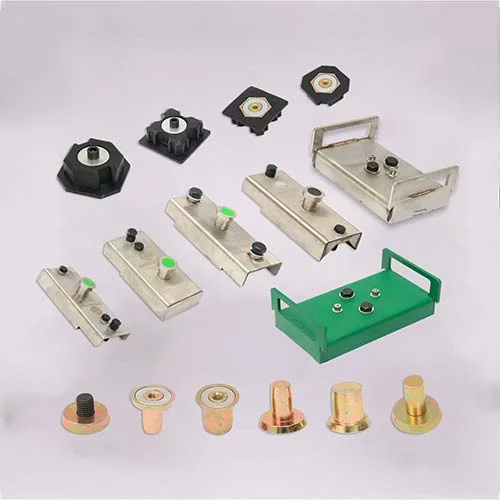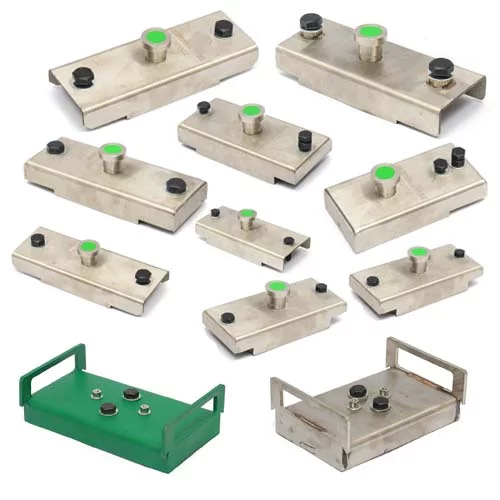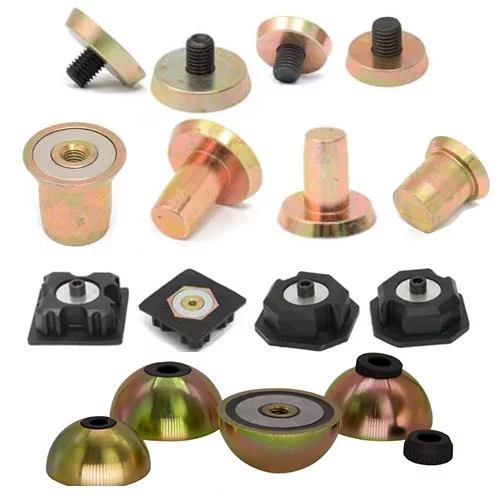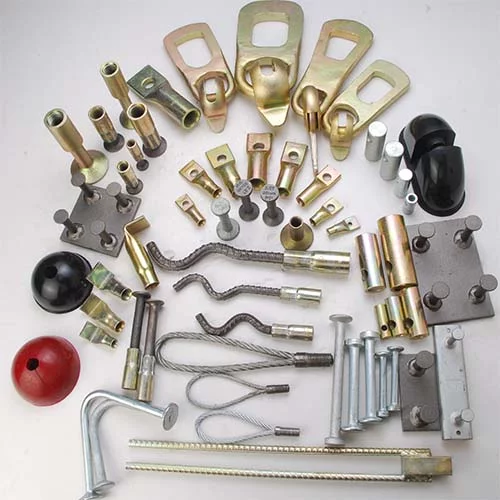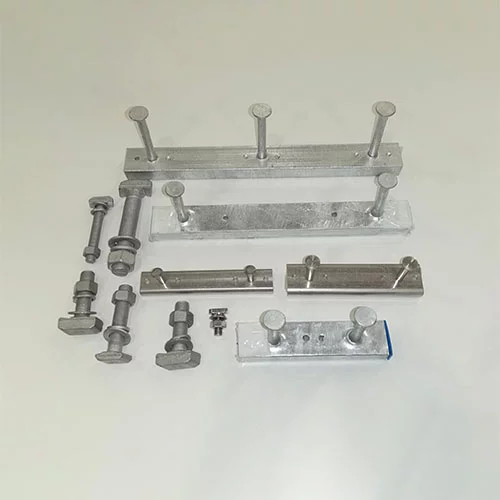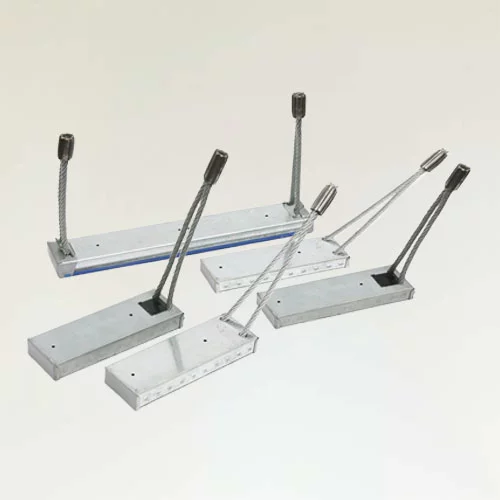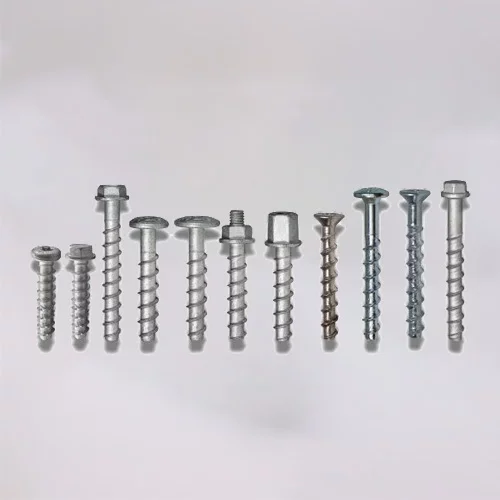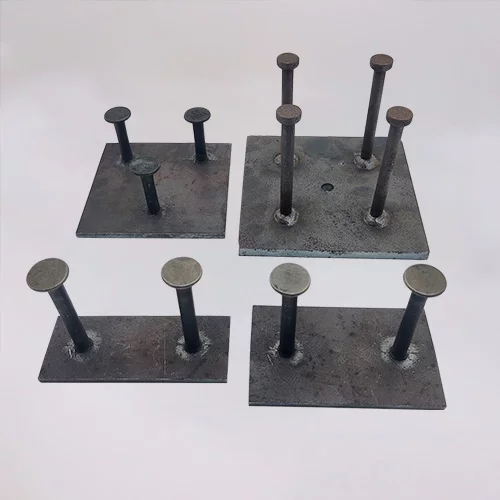Lifting Anchors: An Essential Component in Construction and Heavy Lifting

Lifting anchors are crucial components used in the construction and heavy lifting industries. These anchors are designed to provide secure and reliable attachment points for lifting and handling concrete elements and other heavy loads. HULK Metal as a leading manufacturer of lifting anchors, understands the importance of quality, safety, and reliability in every product we produce. In this comprehensive guide, we will explore the various types of lifting anchors, their applications, manufacturing processes, and key considerations for selecting the right lifting anchors for your projects.
Types of Lifting Anchors
As a professional manufacturer of lifting anchors, we offer a variety of lifting anchors designed to meet different application scenarios and requirements. Below are the main types of lifting anchors we provide and their characteristics:
Spherical Head Lifting Anchors
Spherical head lifting anchors are widely used in precast concrete elements. These anchors feature a spherical head design, providing excellent load-bearing capacity and operational convenience. Spherical head lifting anchors are primarily used for heavy load lifting. The spherical head works with specialized lifting rings or hooks for quick and secure connections. Due to their unique shape, spherical head lifting anchors evenly distribute loads, reducing concentrated stress and enhancing the overall safety and stability of the elements.
Double Head Anchor
Double head anchors are used for lifting and transporting precast elements. This design includes two anchor heads, offering greater stability and safety during the lifting process. Double head anchors are commonly used for longer or larger elements, such as precast beams and columns. The double head design not only enhances the load-bearing capacity of the anchor but also minimizes the swaying of the elements during lifting, ensuring smooth and safe operations.
Lifting Eye Anchor
Lifting eye anchors feature an eye ring design and are widely used for lifting and transporting various types of precast elements. The key feature of lifting eye anchors is their eye ring, which allows for quick connections with hooks or lifting chains during lifting operations. This design improves operational efficiency while enhancing the durability and safety of the anchors. Lifting eye anchors are typically used for lifting small to medium-sized elements, making them a simple yet cost-effective choice for lifting anchors.
Curved Pin Anchors
Curved pin anchors have a unique design and are usually used for special-shaped or high-requirement precast elements. Their curved pin design allows them to adapt to various complex lifting environments, providing excellent load-bearing capacity and operational flexibility. Curved pin anchors tightly connect with concrete elements through their special pin structure, ensuring no slippage or loosening during lifting. Due to their unique design, curved pin anchors offer irreplaceable advantages in specific application scenarios.
Applications of Lifting Anchors
Precast Concrete Elements
Lifting anchors are extensively used in the precast concrete industry for lifting and handling components such as beams, columns, panels, and slabs. These anchors ensure safe and efficient lifting during manufacturing, transportation, and installation.
Construction Projects
In construction, lifting anchors facilitate the handling of heavy building materials and structural elements. They are crucial for tasks such as hoisting steel beams, concrete blocks, and prefabricated structures, ensuring safety and efficiency on the job site.
Industrial Machinery and Equipment
Lifting anchors are also used in the industrial sector for lifting and positioning heavy machinery and equipment. This includes tasks such as moving large engines, generators, and other heavy industrial components.
Marine and Offshore Applications
In marine and offshore industries, lifting anchors play a vital role in handling heavy components such as ship parts, offshore platforms, and subsea equipment. They ensure the safe and efficient lifting of these critical elements in challenging environments.
Manufacturing Process
The manufacturing of lifting anchors involves several key steps to ensure they meet stringent quality and safety standards:
Material Selection
High-quality materials, such as steel or stainless steel, are selected for their strength, durability, and resistance to corrosion. The choice of material depends on the specific application and environmental conditions.
Design and Engineering
Advanced engineering software is used to design lifting anchors, ensuring they meet load-bearing requirements and safety standards. Finite element analysis (FEA) is often employed to simulate stress and strain on the anchors under various conditions.
Forging and Machining
The selected materials are forged and machined into the desired shape and dimensions. Precision machining ensures that the anchors have the necessary strength and fitment for their intended use.
Heat Treatment
Heat treatment processes, such as quenching and tempering, are applied to enhance the mechanical properties of the lifting anchors. This step increases their strength, hardness, and resistance to wear and fatigue.
Surface Treatment
Surface treatments, such as galvanizing or coating, are applied to protect the lifting anchors from corrosion and enhance their durability. This is especially important for applications in harsh environments, such as marine or industrial settings.
Quality Control and Testing
Rigorous quality control measures are implemented throughout the manufacturing process. This includes dimensional checks, load testing, and non-destructive testing (NDT) to ensure the lifting anchors meet or exceed industry standards and customer specifications.
Key Considerations for Selecting Lifting Anchors
Selecting the right lifting anchor for your application involves several important factors:
Load Capacity
The load capacity of the lifting anchor must match or exceed the weight of the load being lifted. It is crucial to consider the maximum load the anchor will be subjected to during operation.
Environmental Conditions
Environmental factors, such as exposure to moisture, chemicals, or extreme temperatures, can affect the performance and longevity of lifting anchors. Selecting materials and surface treatments that are resistant to these conditions is essential.
Compatibility with Lifting Equipment
Ensure that the lifting anchors are compatible with the lifting equipment and accessories being used. This includes checking the thread sizes, attachment points, and overall fitment.
Safety Standards and Certifications
Lifting anchors should comply with relevant safety standards and certifications, such as ISO, ANSI, or EN standards. This ensures that they have been tested and approved for safe use in lifting applications.
Application-Specific Requirements
Consider any specific requirements of your application, such as the need for rotational movement, recessed installation, or multiple attachment points. Selecting the right type of lifting anchor for these needs is critical for successful operation.
Lifting anchors are indispensable components in the construction and heavy lifting industries, providing secure and reliable attachment points for lifting and handling heavy loads. As a leading manufacturer, we prioritize quality, safety, and reliability in every lifting anchor we produce. By understanding the various types of lifting anchors, their applications, and the manufacturing process, you can make informed decisions when selecting the right lifting anchors for your projects. Whether you are working in construction, industrial, marine, or any other sector requiring heavy lifting, our lifting anchors are designed to meet your needs and exceed your expectations.
Article Navigation
PRECAST CONCRETE ACCESSORIES
OTHER RELATED ARTICLE
- 1.A 20-year-old factory tells you about application and manufacturing of precast concrete lifting clutch
- 2.How to detect Lifting Points to make the lifting environment safe?
- 3.How to choose a high-quality hoist ring?
- 4.An old engineer who has retired for ten years tells you the safe use of precast concrete lifting clutches
- 5.Factory tells you how to choose suitable spherical head anchors?
Other Precast Concrete Accessories You Might Want to Know
You can click to learn more about HULK Metal precast concrete accessories such as lifting anchors, precast sockets, spread anchors, shuttering magnets, cast-in channels, wire loop boxes, and other precast concrete accessories you might want to know.
